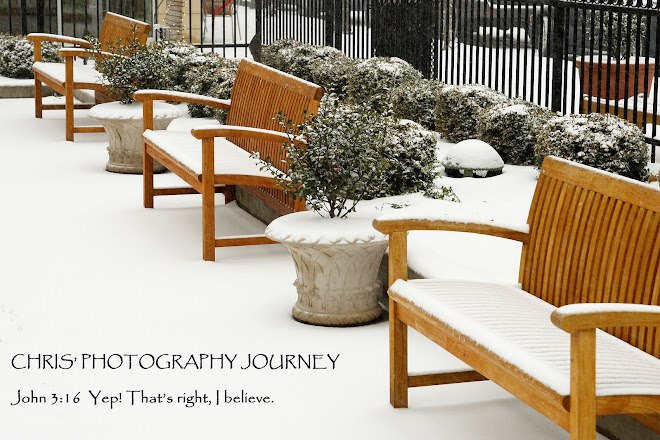Fred Miranda has both a weekly assignment and a monthly assignment. These assignments throw out a theme, and photographers submit a photograph that represents their interpretation of that theme. The thing I really like is the photographer has to shoot the photograph during the week or month of the assignment. This keeps people from digging through their archives to find that one perfect photograph that will blow everyone else's out of the water. I find this a valuable tool for pushing my creative and photographic boundaries.
The assignment this month is "Low Key". For those who don't know, low key photography is a style where most of the photograph is dark, and the subject is usually partially or dimly lit. The opposite is high key where most of the photograph is brilliant white.
As I thought about the assignment, I decided I liked the idea of a face lunging toward the viewer from some dark opening, like from an alley or through a hole in a wall. The problem was that I could not think of any place that really fit that description. Even if I did find a suitable location, I would have to be able to control all aspects of the lighting, and that just did not seam feasible. Instead I decided to see what I could do in my studio (a.k.a. the basement in my house). I though about trying to construct something that looked like an alley or a hole in the wall, but I could not think of a way that did not involve actually building some walls. I decided instead that the shot might work if the subject were trying to reach through a set of bars and grab the viewer. I still had to build a prop, but it was a much smaller and more simple prop than building entire walls. I had some extra 2x4's lying around (doesn't everyone?) and used some metal bars that my work was going to throw away. The only thing I had to buy was some stain and some screws to attach the bars to the 2x4 frame.
After the prop was complete, I moved into the studio. I set up my dark gray backdrop, and set the prop on my modeling table. I took one 300W flourescent light and set it off to the right of where the camera would be. In order to focus the light I set the light inside a small box and used the box flaps as a poor man's set of barn doors. Then I put a piece of white nylon over the front of the box to act as a diffuser. I put my camera on a tripod and used my wireless infrared trigger. I decided to be my own model for this one. It took several attempts to position the prop and lighting the way I wanted them. Then, it took several more attempts as I tried out different poses and fine tuned the positioning of my hands and face. Here is the end result.

No one at Fred Miranda has commented on the photograph yet, so I am not sure what they think, but I am pleased with the result. My personal goal was to think of a unique interpretation on the theme, and then follow through with the steps required to turn the idea into a photograph. As always, I learned a lot from the project and had a little fun in the process.
Thanks for stopping by. Any comments, critiques or criticisms are welcome.



